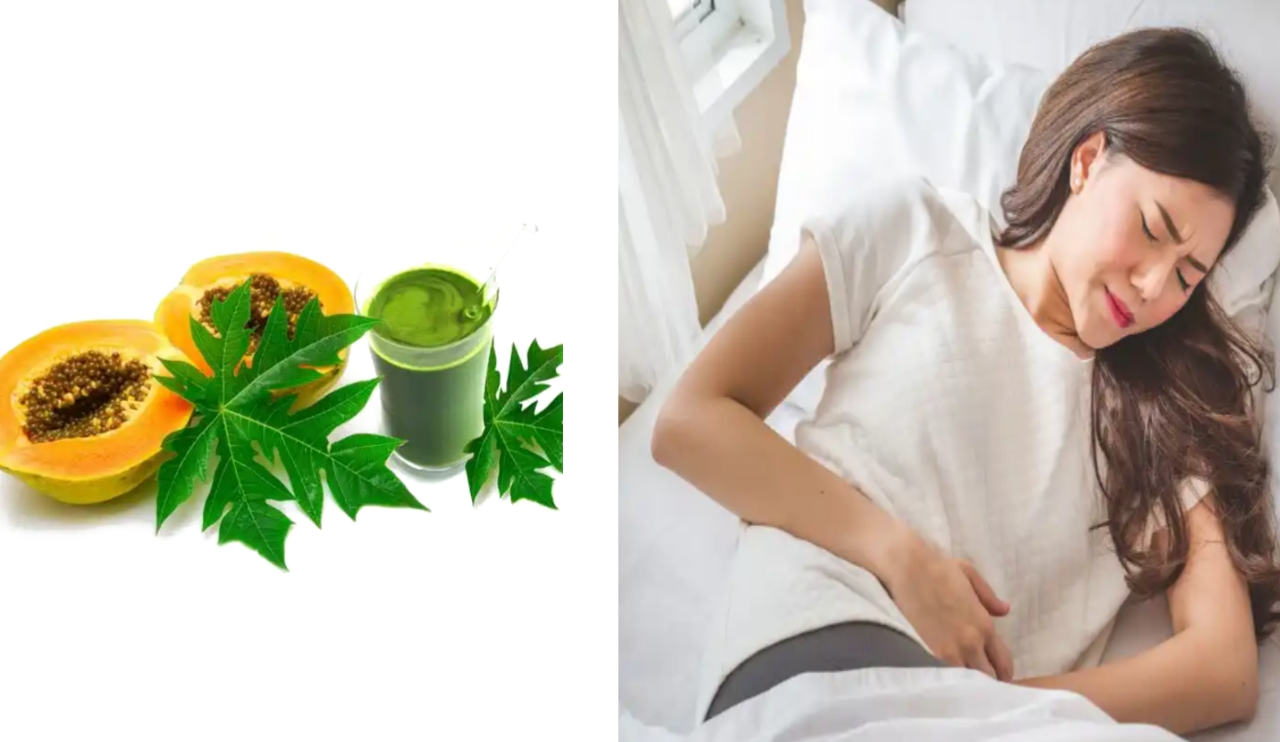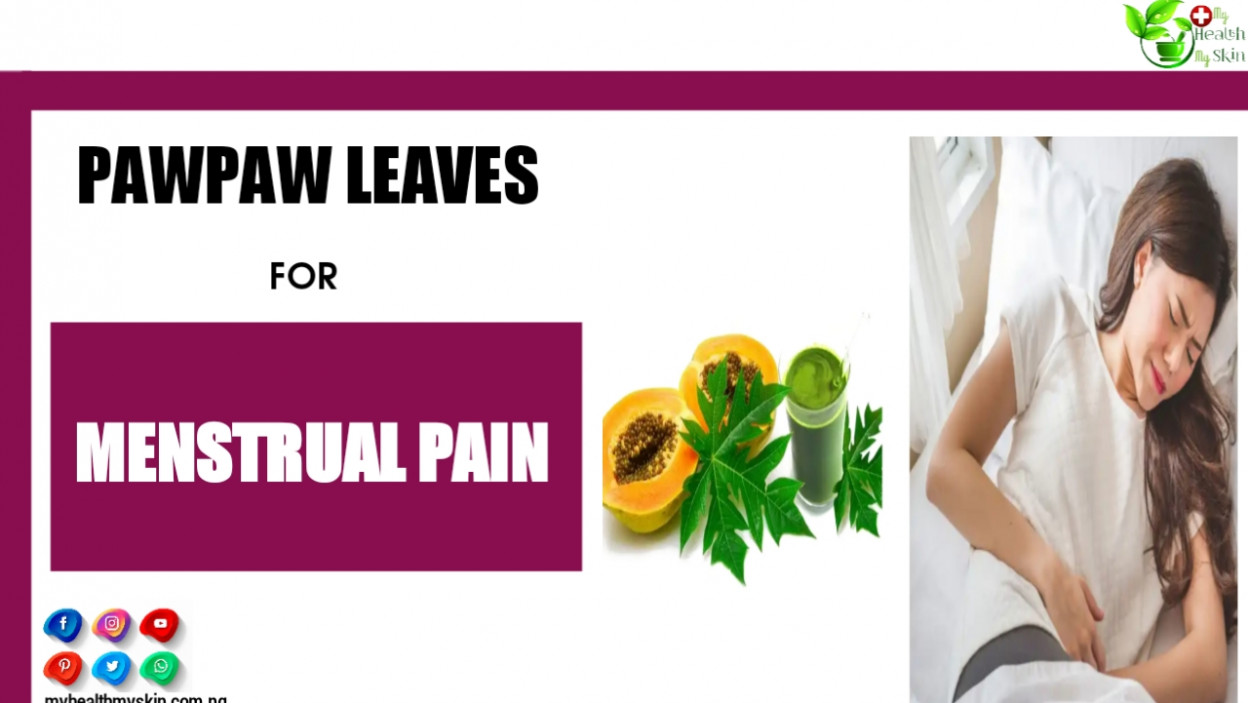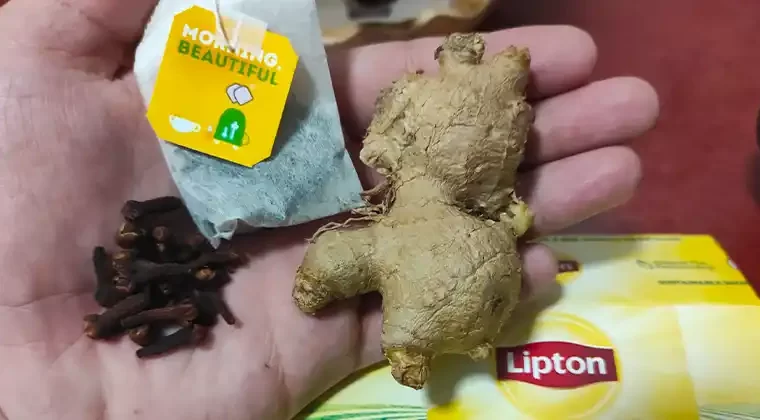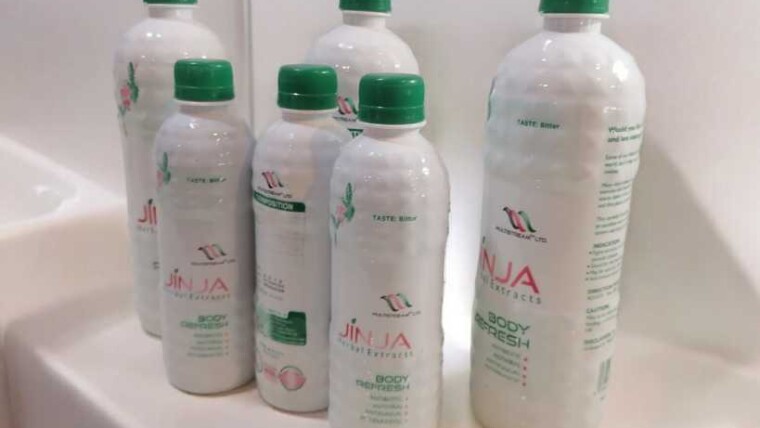If you are searching for how to use pawpaw leaves for menstrual pain, you are in the right page.
Menstruation is the shedding of the inner walls of the uterus when there is no fertilization. This peeling is part of a woman’s reproductive cycle and happens every month.
The female body prepares for pregnancy, and when pregnancy does not occur, the endometrium (inner membrane of the uterus) sheds. Menstrual flow is thus composed of blood and uterine tissue.
The menstrual period is part of a woman’s reproductive cycle, which takes place in four phases:
- Menstruation – Blood loss that occurs periodically. Due to hormonal stimuli, the surface of the endometrium breaks down and is excreted through the vagina, under the appearance of a bloody fluid. In general, the first period (menarche) occurs at the age of twelve;
- Pre-ovulatory phase – Period in which the egg develops to leave the ovary and the uterus prepares to receive a fertilized egg;
- Ovulation – Process that occurs between the 13th and 15th day before the next period. At this stage, the woman is fertile and has a greater chance of becoming pregnant;
- Post-ovulatory phase – when the egg is not fertilized, it dies after 12 or 24 hours. After this death, there is the beginning of a new menstruation.
It is possible to avoid menstruation in order to improve the symptoms of colic, PMS and endometriosis with the use of contraceptives in the so-called continuous regimen (there is no break) and extended regimen (the break is performed after 84 days) and flexible regimen (pause between the 24th and 120th day of the pill, according to what the woman chooses).
How to use pawpaw leaves for menstrual pain? Keep on reading to find out!
[lwptoc]
Pawpaw Leaves and Menstrual Pain

Pawpaw leaves are recognized for their therapeutic uses and hold exceptional significance in Ayurveda.
Ayurveda and yoga depend heavily on these medicinal plant to treat major health conditions from malaria to cancer and everything in between.
Keep cultivating and nurturing papaya trees, so that you can use them to treat your health condition naturally.
Several papaya leaf preparations are repeatedly used to remedy a wide range of internal and external inflammatory conditions, involving joint pain.
Pawpaw leaf contains several nutrients and plant compounds with potential anti-inflammatory benefits, including papain, flavonoids, and vitamin E (natural analgesics and antinociceptive agents). A recent study found that pawpaw leaf extract significantly decreased inflammation and swelling.
These compounds act directly on your CNS (central nervous system) and obstruct the transmission of pain-inducing and pro-inflammatory chemicals, including histamines, serotonin, and prostaglandins, relieving the pain and the stringency of inflammation.
Cause Of Painful Menstrual Periods
To identify the cause of painful periods is not always possible. Many people are just at a greater risk of having painful periods.
These risks include:
- Having heavy bleeding with periods;
- Having irregular periods;
- Never having had a baby;
- Reaching puberty before age 11;
- Being under age 20;
- Having a family history of painful periods;
- Smoking.
A hormone known as prostaglandin triggers muscle contractions in the uterus that depose the lining.
These muscle contractions can cause pain and inflammation. The level of prostaglandin increases right before menstruation begins.
Painful menstrual periods can also as a result of an underlying health condition, including:
- Adenomyosis: This is an unusual condition in which the uterine lining grows into the muscular wall of the uterus, resulting in inflammation, pressure, and pain. It can also cause longer or heavier periods.
- Cervical stenosis: Cervical stenosis is also a rare condition in which the cervix is so small or narrow that it slows menstrual flow, causing an increase of pressure inside the uterus that causes pain.
- Fibroids in the uterus: Fibroids are noncancerous tumors that can put pressure on the uterus or cause abnormal menstruation and pain, though they often don’t cause symptoms.
- Pelvic inflammatory disease (PID): PID is an infection of the uterus, fallopian tubes, or ovaries often caused by sexually transmitted bacteria that cause inflammation of the reproductive organs and pain.
- Premenstrual syndrome (PMS): PMS is a common condition that’s caused by hormonal changes in the body occurring 1 to 2 weeks before menstruation begins. Symptoms typically go away after bleeding begins.
- Endometriosis. This is a painful medical condition in which cells from the lining of the uterus grow in other parts of the body, usually on the fallopian tubes, ovaries, or tissue lining the pelvis.
How to Use Pawpaw Leaves to Reduce Menstrual Pain
Although papaya extract is often preferable but fresh papaw leaves are difficult to come by hence the resort to dry leaves. When making herbal teas, the length of steeping time depends on what part of the plant you’re using.
General tea-making instructions include bringing water to a boil, then adding your tealeaf, stirring, and resting for a specific length of time (aka. steeping).
For teas made with Pawpaw leaves, steep for 2 min for green tea leaves, 3 min for dry tea leaves. If you included roots like ginger which can be an effective addition to your treatment.
Ginger is one of the most powerful emmenagogue (herbs with magical properties that stimulate menstrual flow, resulting in the promotion of menstruation).
By using ginger, you will need to simmer these items in the water for a length of time that depends on whether the item is fresh (less time) or dried (more time) as steeping won’t be enough to extract the flavor from them.
When preparing tea to drink warm, use roughly the following amounts per 1 cup of boiling water; for iced tea, use about twice as much per cup:
- 1-2 tsp dried leaves
- 10 leaves or 2 tbsp packed or torn fresh leaves
- 1-2 tsp dried hardy ingredients (e.g., ginger)
- 2-3 tsp fresh hardy ingredients (e.g., ginger)
When Preparing Iced Tea
Make tea as you would for serving warm but use half as much water (or twice as much pawpaw tea/herbs), then cool and pour over ice. (There is an example recipe, below.)
The goal is to make it twice as strong as hot tea. Optionally, garnish with fresh versions of what you used to make the tea.
Note: As much as possible avoid sweeteners of any kind. Always go for options that don’t require sugar for health reasons.
Culinary Medicine Tip
If you grew up drinking sweet tea, try making tea with slightly less sweetener than you are used to having each time you brew it.
This is a good way to slowly acclimate your taste buds to less sweet drinks. It helps if you are also cutting back on added sugars and artificial sweeteners in the rest of your diet.
Most people can work to adapt their tastebuds over time to less sweet foods and drinks. Doing this gradually helps most people to enjoy the flavor of foods and drinks more than making abrupt changes. The same is true for those trying to reduce salt intake.
If you want to read more articles similar to How to Use Pawpaw Leaves For Menstrual Pain, we recommend you visit our Alternative Medicine category.

Have You Ever Had Really Bad Menstrual Pain? Is It Common For You? What Measures Do You Usually Take? Comment Below!







